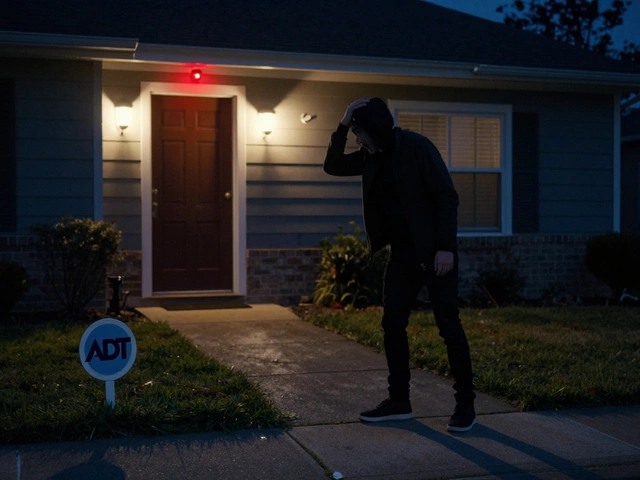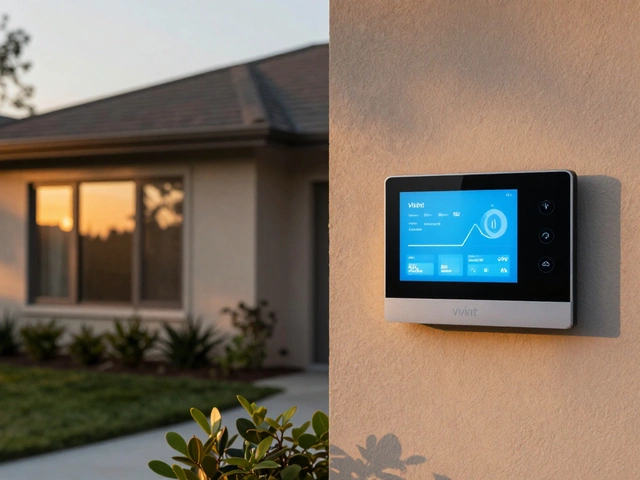Doorbell Installation Made Simple – Wired, Battery or Smart?
Ever wondered if you need a full‑time electrician for a new doorbell? The short answer is no – you can bolt on a wired model, snap in a battery‑powered unit, or set up a smart video doorbell yourself. Below is a no‑fluff rundown of what each option needs, how much it costs in the UK, and the common pitfalls to avoid.
Wired vs Battery: Which Fits Your Home?
Traditional wired doorbells pull power from a 12‑24 V transformer tucked behind a wall plate. If you already have a transformer, swapping the button is a 10‑minute job: turn off the mains, remove the old button, connect the new wires, and tighten the screws. No transformer? A simple 40 VA unit costs £15‑£30 and can be installed by anyone comfortable with basic DIY.
Battery doorbells, including the popular Ring and Nest models, run on rechargeable packs that last anywhere from 6 months to a year, depending on motion alerts and Wi‑Fi strength. They’re perfect for flats or heritage homes where running new wiring is a hassle. Just mount the bracket, snap the device in, and pair it with your phone.
Smart Doorbells Need More Than Power
All video doorbells need a steady Wi‑Fi signal and a compatible chime. If your router sits far from the front door, a Wi‑Fi extender or mesh node will keep the feed smooth. Most UK homes run 2.4 GHz networks; make sure the device you buy supports that band.
Without Wi‑Fi, a smart doorbell still rings, but you lose live video, motion alerts, and cloud storage. Some brands, like the 2025 Ring battery edition, keep basic motion detection on the device itself, but recordings disappear after a few minutes unless you subscribe.
Legal tip: Neighbours can complain if your camera points onto their property. Aim the lens squarely at your own doorstep and keep the field of view within 30 feet of your house line to stay on the safe side of UK privacy law.
Installation checklist – before you start:
- Turn off the mains at the consumer unit.
- Locate or install a 12‑24 V transformer (check voltage on the label).
- Measure Wi‑Fi signal strength at the door (use a phone app).
- Download the doorbell’s companion app and create an account.
- Read the mounting instructions – most require a drill hole no larger than 6 mm.
When mounting a wired unit, use the provided screws and wall anchors. For battery models, stick to the adhesive plate or a screw‑in bracket for extra security. After the device is up, restore power, test the chime, and then sync the doorbell with your app.
Final tip: Keep the doorbell’s firmware up to date. Manufacturers push fixes for battery drain, Wi‑Fi dropouts and privacy bugs. A quick check in the app once a month prevents surprise issues down the line.
With the right choice – wired for reliability, battery for flexibility, or smart for eyes on the entry – you can install a doorbell that matches your home’s layout and your tech comfort level. No need to call a professional unless you hit a broken wiring circuit; most UK homeowners finish the job in under an hour and enjoy instant peace of mind.






